The Frangipani, or Plumeria, is a beautiful flower commonly found in tropical areas, admired for its distinctive and delightful scent. With a range of colors and sizes available, it’s no wonder that gardeners and flower lovers worldwide choose this flower to add some vibrancy to their gardens.
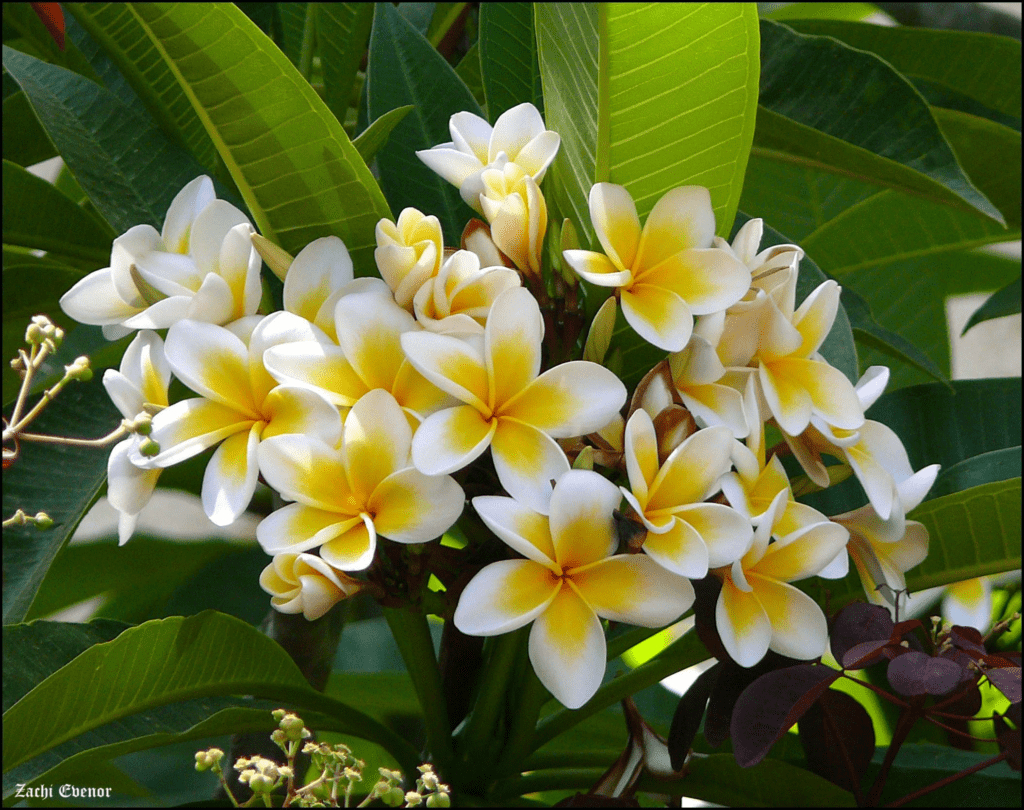
If you want to expand your knowledge about the various types of Frangipani and gain insights on how to grow and maintain them, you’re in luck. This article will give you all the information you need to appreciate this stunning flower to the fullest extent. Let’s delve into the world of Frangipani!
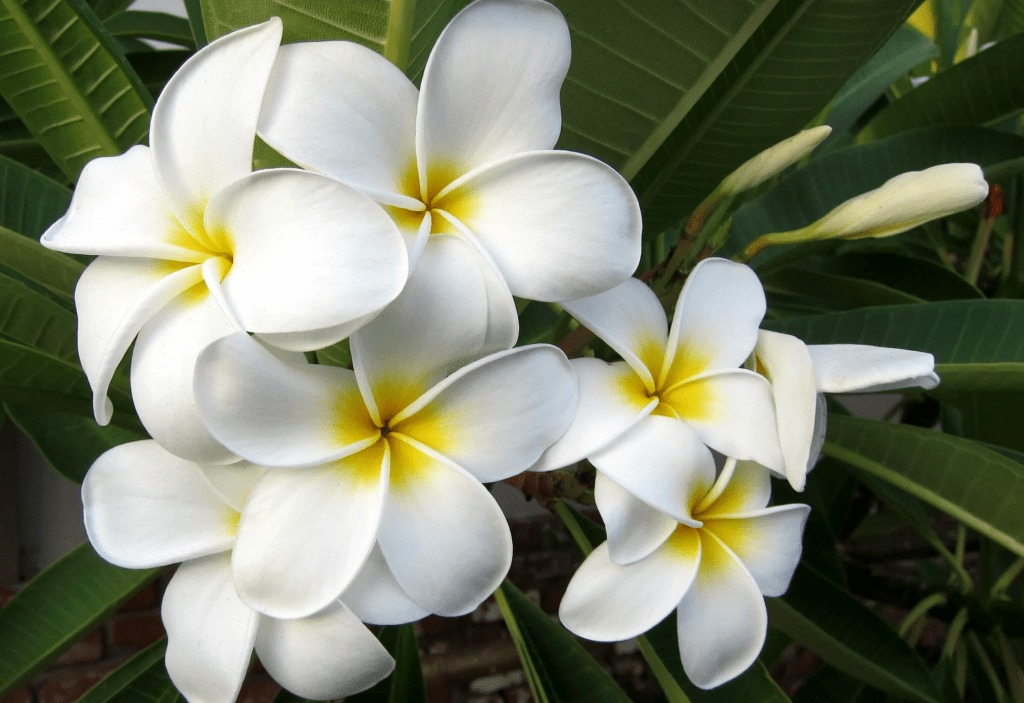
Frangipani flowers are available in various colors such as white, yellow, pink, and red, offering a diverse range to choose from. These beautiful blooms also differ in size, with some measuring just a few inches across while others can reach up to a foot in diameter.
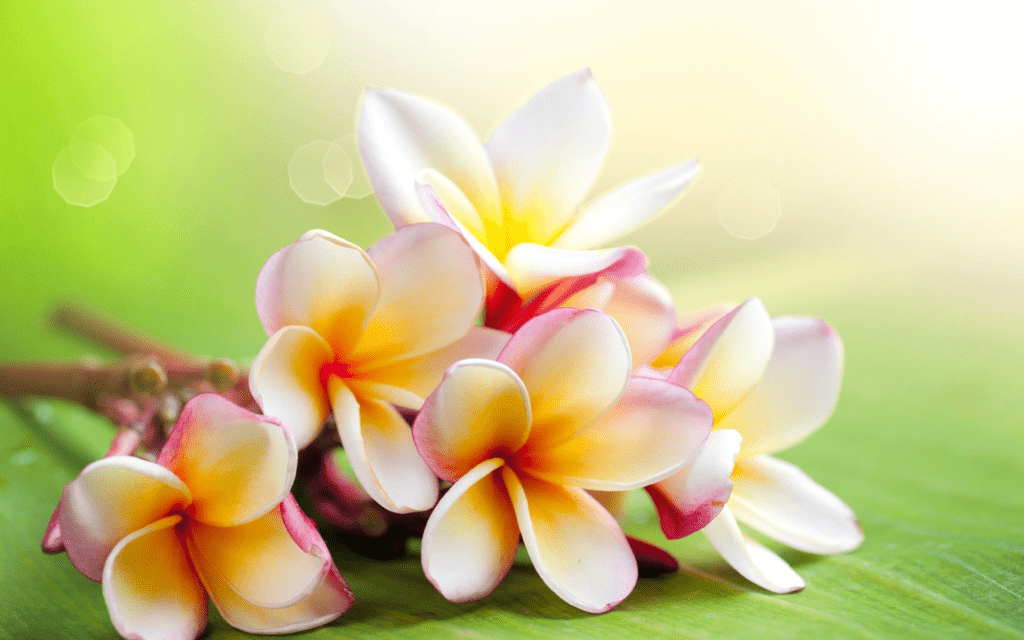
The Plumeria plant has various types, but the Plumeria rubra is a favorite among many due to its eye-catching pink and red flowers. If you’re looking for another option, you can go for Plumeria obtusa, which has smaller flowers in yellow or white but emits a strong and pleasant scent.
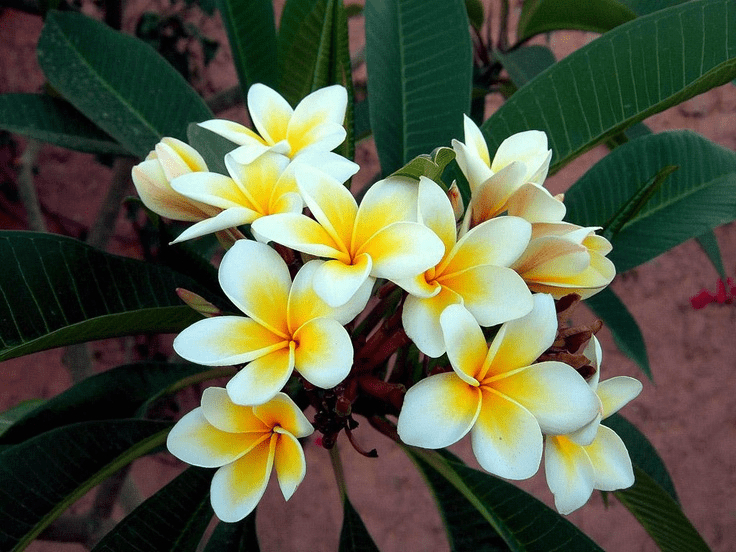
There are different types of Frangipani, such as Plumeria alba, that has white flowers with yellow centers, and Plumeria pudica, which has small white blooms commonly used as a hedge.

Growing and maintaining Frangipani is quite simple, which makes it an ideal option for those who are new to gardening. To plant your very own Frangipani, just follow these easy steps:

Select a sunny location where Frangipani can receive at least six hours of direct sunlight each day for its optimal growth.
Prepare the soil by ensuring it is well-draining and slightly acidic to meet the planting requirements of Frangipani. You can improve the soil’s fertility and drainage by adding organic matter to it.
Plant a healthy cutting in the prepared soil instead of seeds since Frangipani is typically propagated using cuttings. Firmly pack the soil around the stem’s base to secure it in place.
Ensure to water the plant adequately immediately after planting, followed by deep watering once every week. Avoid overwatering the plant to prevent root rot, which can be detrimental to its growth.
Since Frangipani has a tendency to lean or fall over, provide support in the form of stakes or a trellis for stability.

In conclusion, Frangipani is a delightful flower that not only looks beautiful but also has a sweet fragrance. Growing and maintaining this plant is easy, making it a popular choice among gardeners globally. You can pick from various colors and sizes, depending on your preference. By following the steps mentioned earlier, you can plant and take care of your Frangipani effortlessly and relish its stunning blossoms for many years to come.
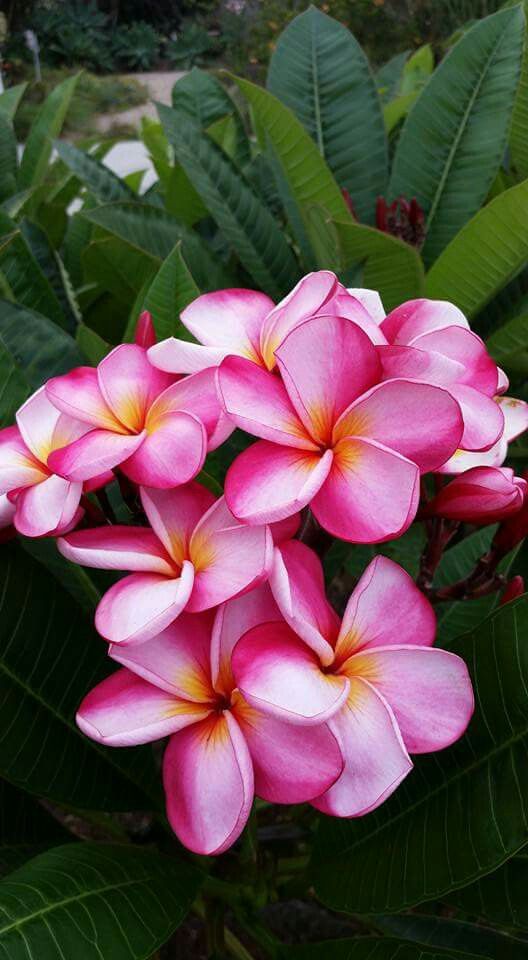

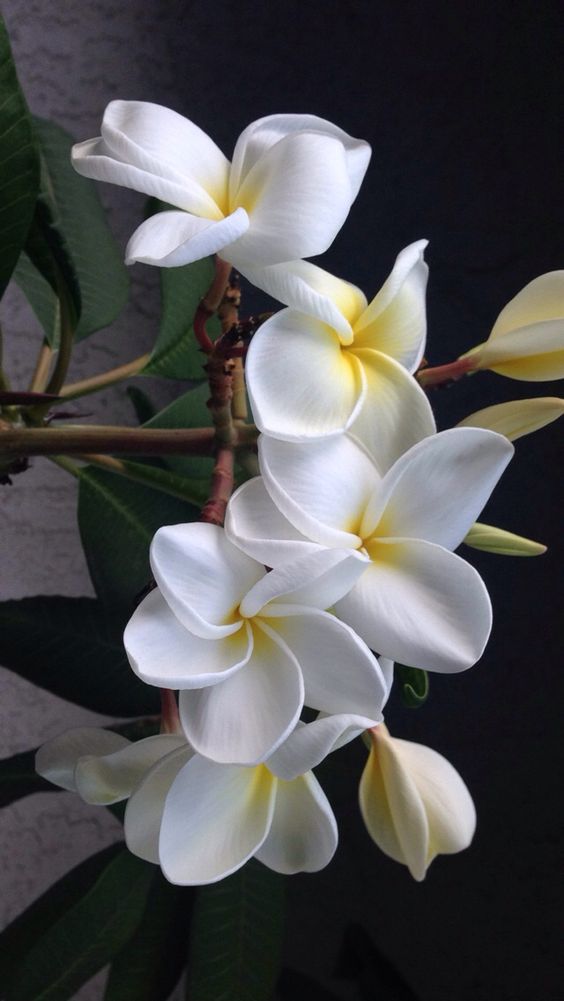
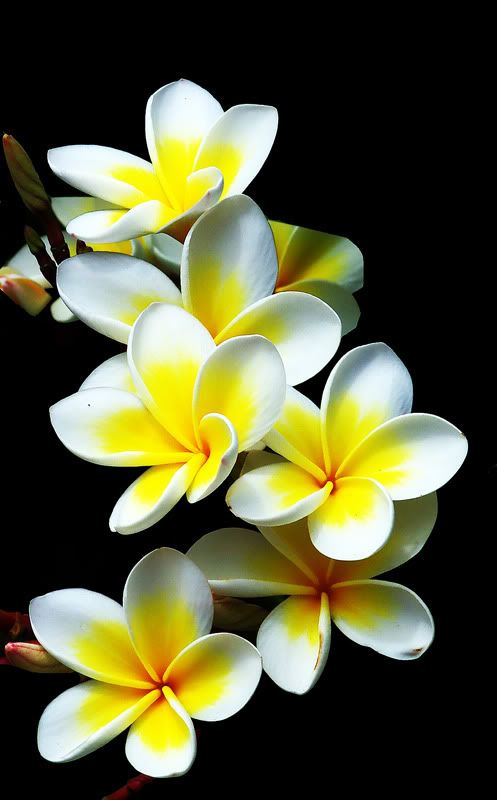
Giving credit where it’s due, the image used in this post is sourced from Pinterest. As a lover of gardens, I wanted to share some tips and tricks for maintaining your garden.
